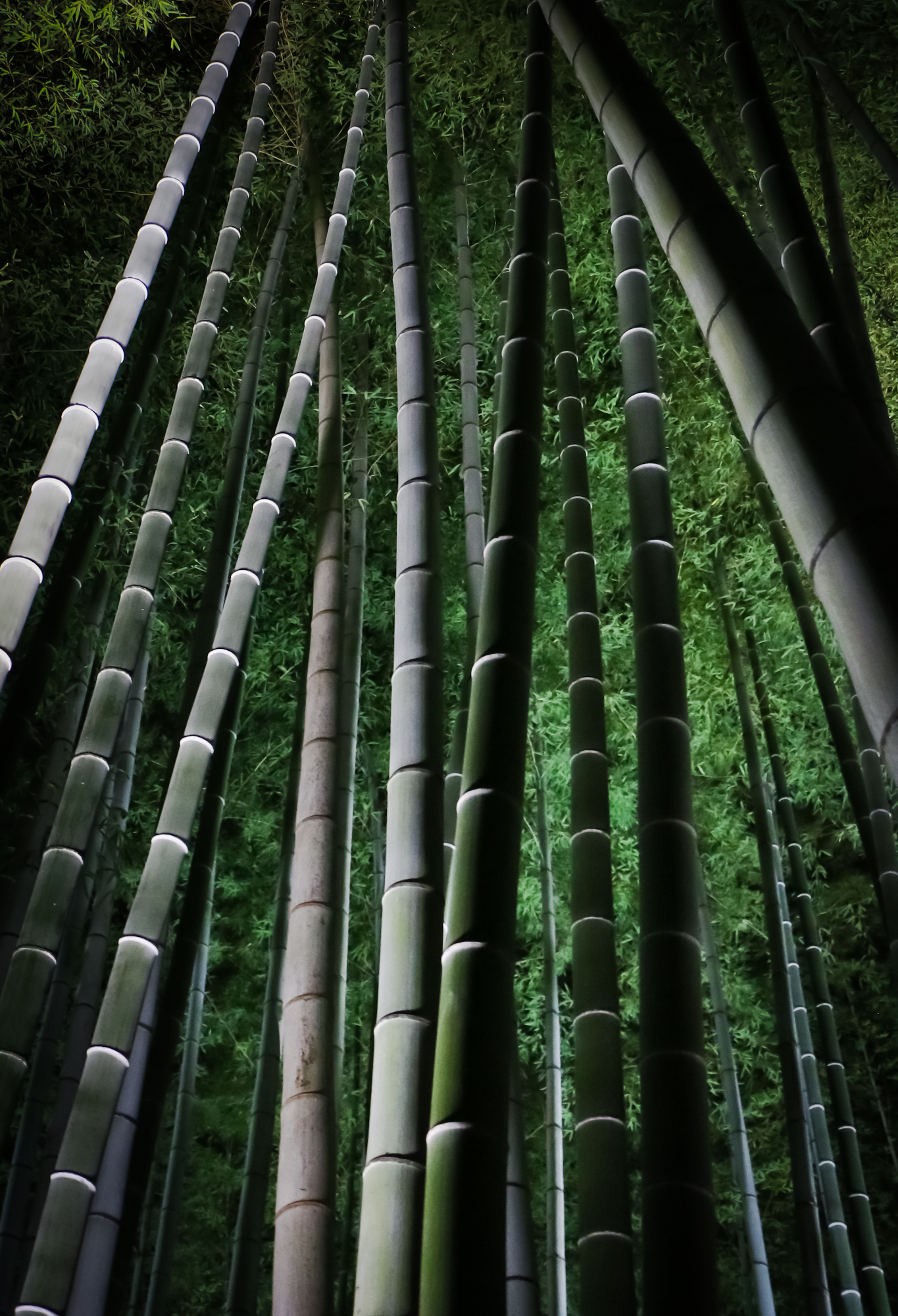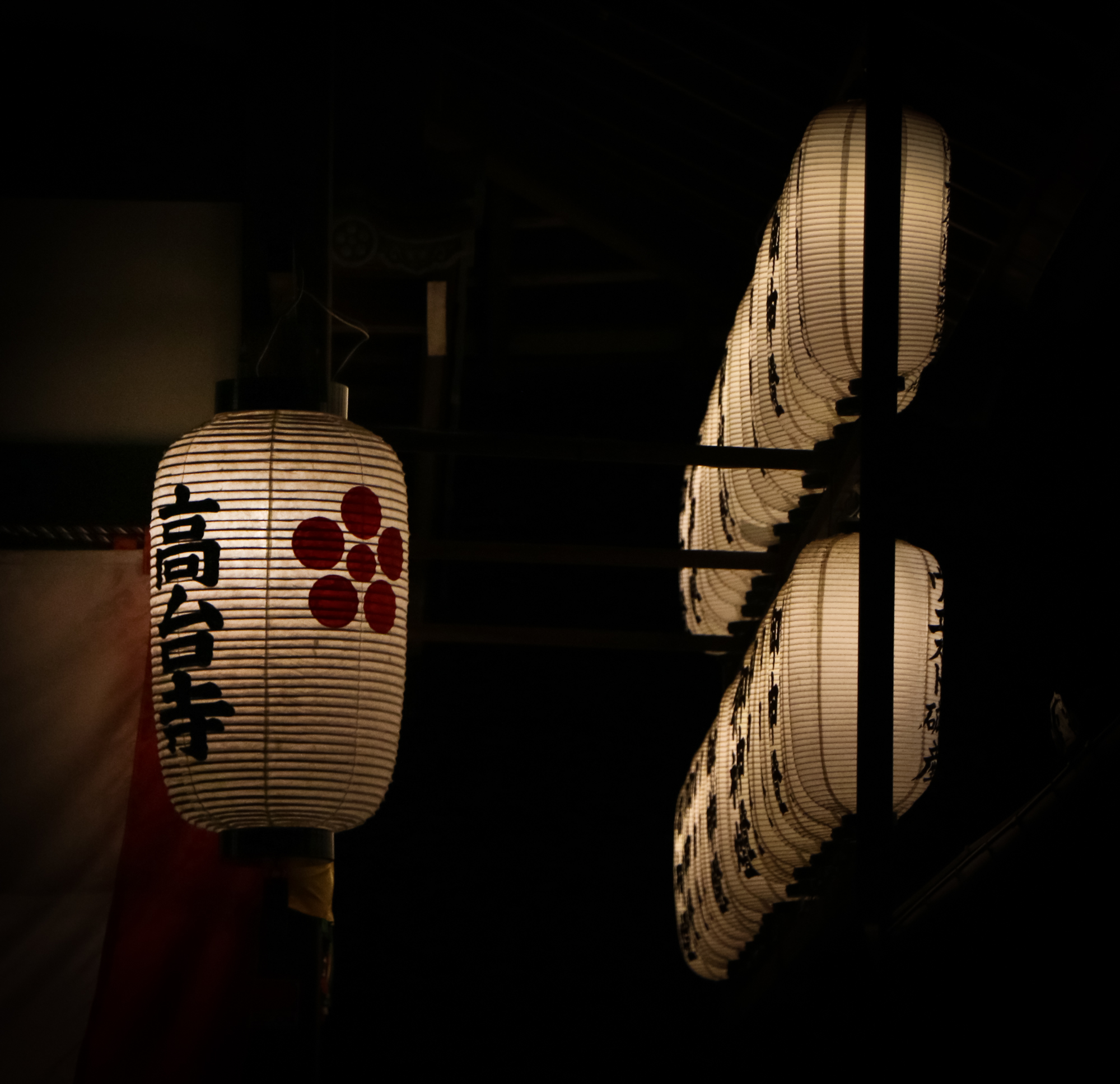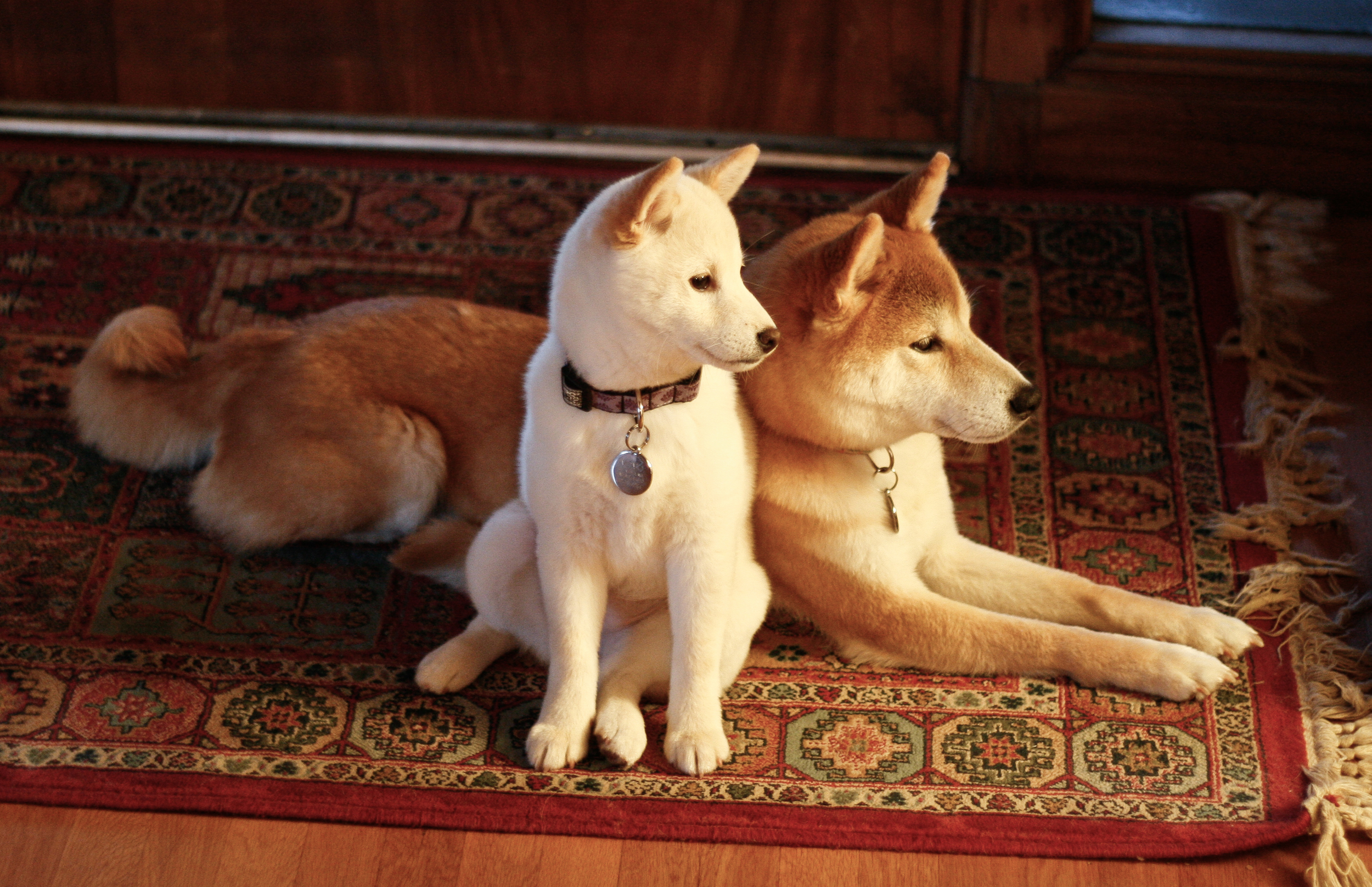Last week, the Shiba Ramen executive team went to Japan for a whirlwind trip, starting in Hiroko's hometown of Hamamatsu, heading west to Kyoto and Hyogo, and then back to Tokyo. Fall colors were at their peak, the sake tours were outstanding, and we ate some amazing food. We'd like to share some of our photos, starting with the West and then moving on to Tokyo, food, and sake.
Our first day in Kyoto was soggy, but still beautiful. Kyoto was Japan's medieval capital, and the center of culture. When Kyoto was in its prime, Tokyo didn't even exist. Surrounded by wooded hills, this elegant city contains all the best of nature, history, culture, and architecture. It's much quieter than Tokyo, but every bit as distinctive.
After checking into our hotel, our first stop was, naturally, for ramen. We hoofed it in the drizzle to Sanjusan-gen-do, a 13th Century temple complex containing 1000 life-size Buddhist icon statutes surrounding one giant statue. Unfortunately, photography was not allowed inside, but the rainy temple grounds were beautiful. After a stop at the Kyoto National Museum, we took a train to Yaoya, an izakaya recommended to us by San Mateo sushi icon, Sushi Sam. It was oishii.
On our second day, we took a train ride further west to Hyogo Prefecture, where we did a day of sake tours at Kenbishi in Nada, and Konishi in Itami (which I'll write about separately). After sake, we headed back to Kyoto and saw a spectacular nighttime display of fall colors at Kodaiji Temple.





































